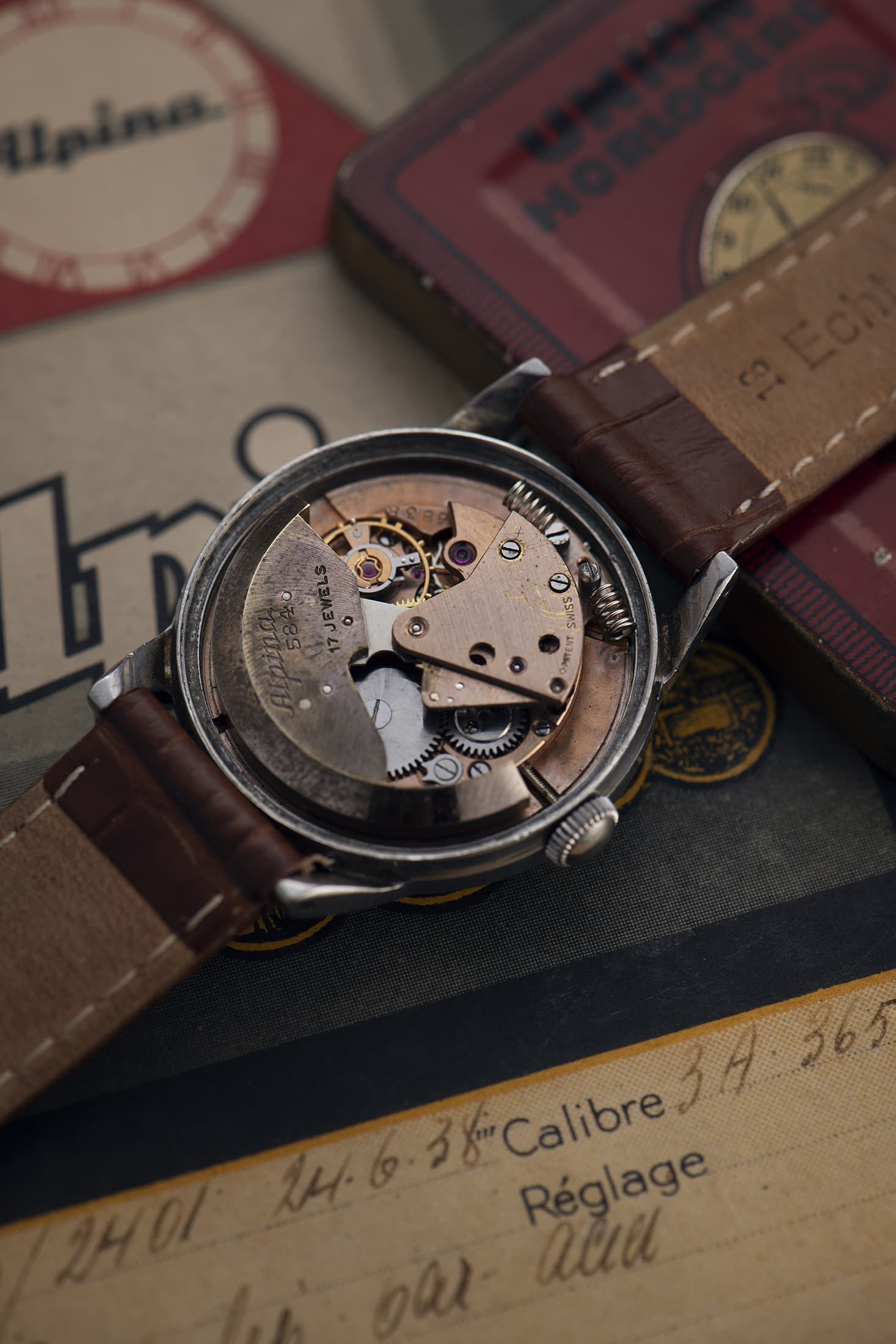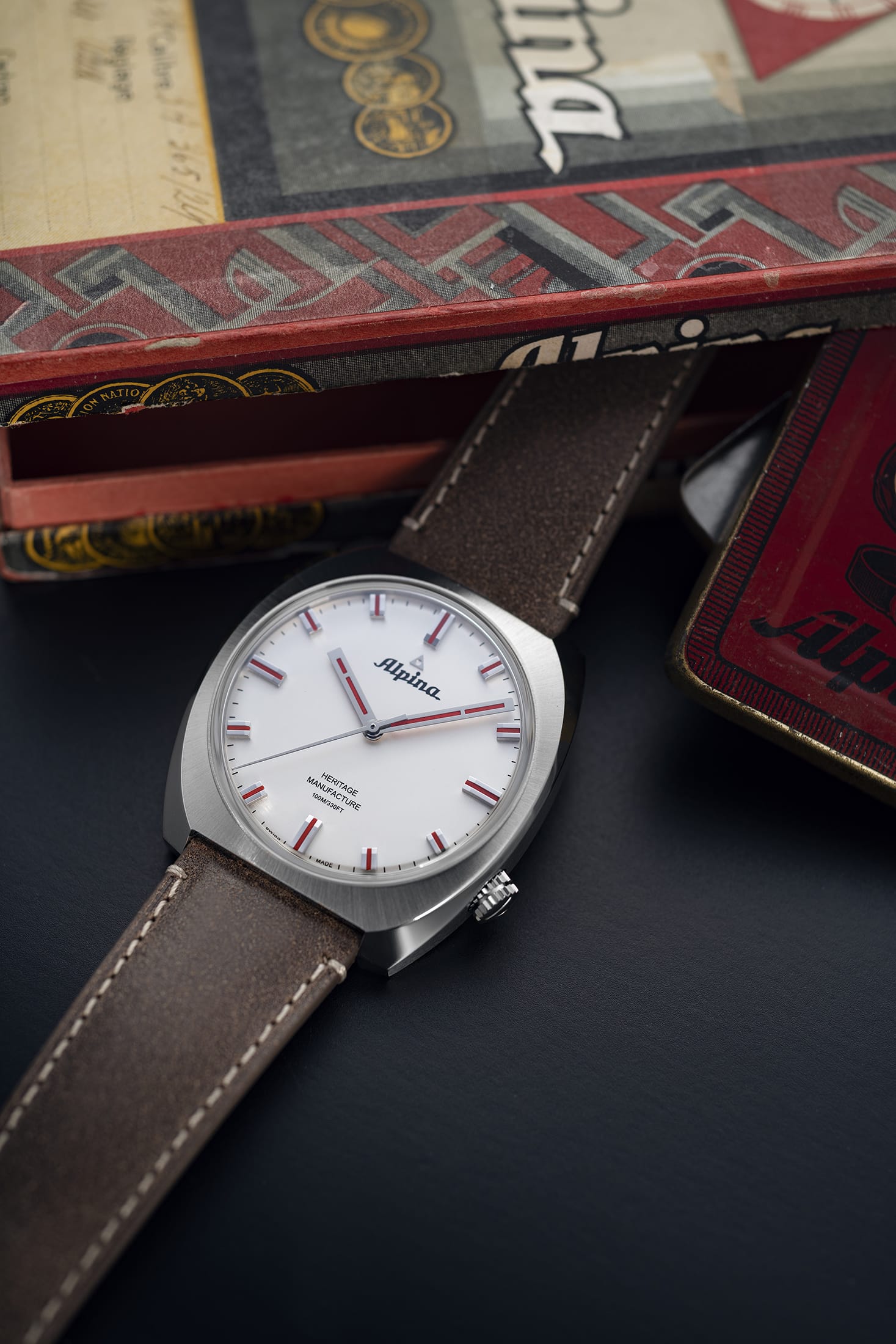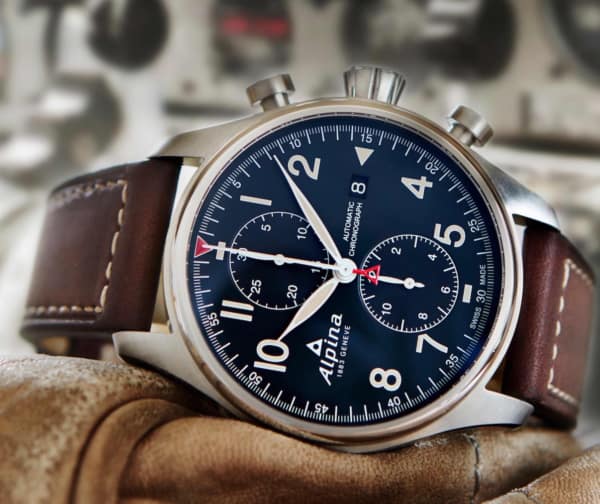Now here’s something you don’t see too often unless you’re a vintage Omega fan or know a bit about late eighteenth century watchmaking; a watch with a ‘bumper’ movement.
Way before that nice Mr. Wilsdorf at Rolex started selling watches with oscillating winding weights, a French maker called Perrelet used a weight in his pocket watches that moved as the wearer walked. A stroll of just a quarter of an hour was enough to power the movement for eight days – not exactly the on-it exercise regime advocated by an Apple Watch. The great Abraham Louis Breguet tried his hand at bumpers, too with his “Perpetuelles”, but the idea didn’t really catch on until a British Watchmaker, John Harwood, patented his design in the early 1920s. Harwood’s idea came from necessity. He wanted to find a way to eliminate the main route for dust, water and dirt to get into watch cases; the winding crown and its stem. His new ‘bumper’ self-winding mechanism meant he could use a sealed case and still power his watch.










 Featured Videos
Featured Videos











